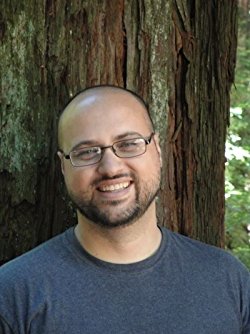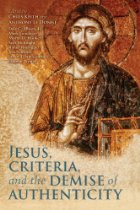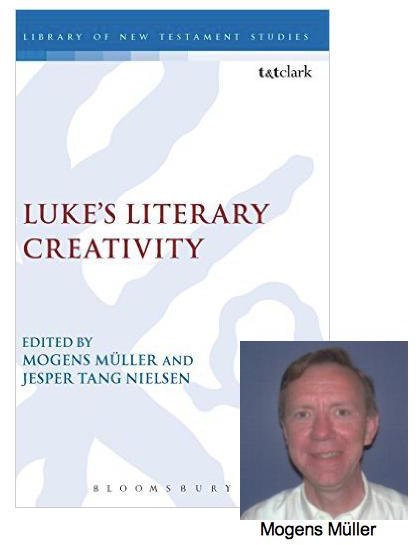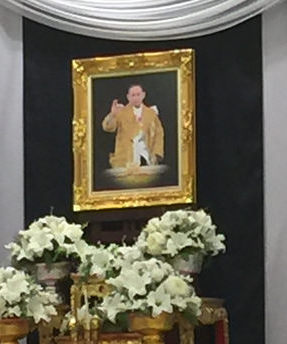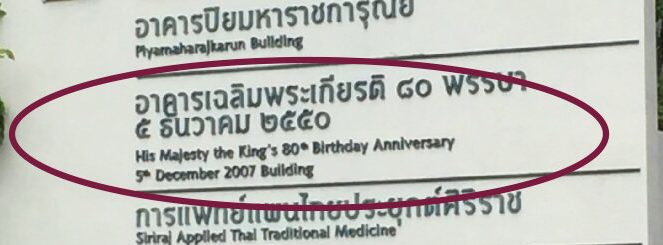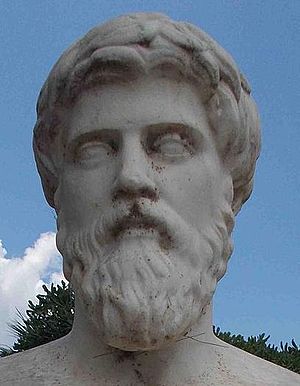I post here a reply, slightly edited, that I offered in response to a comment by Chris S on Tim’s recent post, What’s the Difference Between a History and a Biography? I think it addresses an important difference that I think is commonly found to exist between our canonical gospels and many ancient biographies. So thanks to Chris S for opening up the opportunity for this discussion.
Ancient histories and biographies are topics I continue to study and learn more about each year and there are recent scholarly publications on ancient biographies I am still trying to catch up with. So I will confine myself in this comment to just one aspect of Chris S’s point. He poses as the Devil’s or God’s Advocate, and I like that. He wrote, in part:
For example, I’m looking at the life of Camillus in my “Great Books” volume of Plutarch. I can’t find a single source identification whatsoever. I see at one point Plutarch begins an anecdote with “Some say…” At another point (p. 116) he provides two different versions of a conflict, in which he names no sources, begins the second by saying that “the general stream of writers prefer the other account,” and makes no personal judgment on whether he agrees with the majority opinion. Not especially rigorous the handling of sources in this case.
And regardless of what we might ultimately conclude the Gospels actually are, IMHO leaving out the scholarly apparatus makes total sense on the hypothesis that they were intended as biographies for mass consumption. (my formatting)
There are abundant indicators of fictional embellishment in Plutarch’s life of Camillus, but there is something else with no counterpart in the canonical gospels until we reach Luke 1:1. Unlike the evangelists, Plutarch frequently drops in casual hints that he is indeed relying upon sources for his narrative, either oral or written. I realize I am copying English translation (Project Gutenberg’s) so do correct my references if their originals are not accurately represented or if there are expressions in the gospels lending themselves to equivalent translations. Examples:
Among the many remarkable things that are related of Furius Camillus . . .
During his censorship one very good act of his is recorded . . .
as great a prodigy as the most incredible that are reported . . .
It is said that the prince of the Tuscans was at that very time at sacrifice . . . But this may look like a fable. . . .
and the statue, they say, answered in a low voice . . . Other wonders of the like nature, drops of sweat seen to stand on statues, groans heard from them, the figures seen to turn round and to close their eyes, are recorded by many ancient historians; and we ourselves could relate divers wonderful things, which we have been told by men of our own time, that are not lightly to be rejected; but to give too easy credit to such things, or wholly to disbelieve them, is equally dangerous . . .
The Gauls are of the Celtic race, and are reported to have been compelled by their numbers to leave their country . . .
He that first brought wine among them and was the chief instigator of their coming into Italy is said to have been one Aruns . . .
The question of unlucky days, whether we should consider any to be so, and whether Heraclitus did well in upbraiding Hesiod for distinguishing them into fortunate and unfortunate, as ignorant that the nature of every day is the same, I have examined in another place . . .
Thargelion was a very unfortunate month to the barbarians, for in it Alexander overcame Darius’s generals on the Granicus; and the Carthaginians, on the twenty-fourth, were beaten by Timoleon in Sicily, on which same day and month Troy seems to have been taken, as Ephorus, Callisthenes, Damastes, and Phylarchus state. . . .
Plutarch cites no sources for what are surely well-known events from the world of “historical memory”, Alexander’s defeat of Darius and Timoleon’s defeat of the Carthaginians. But when he introduces a detail from the Trojan war Plutarch changes tack and introduces sources to back up a claim that might otherwise be questioned for its provenance in the world of gods and mythical heroes.
I am not ignorant, that, . . .
One could reckon up several that have had variety of fortune on the same day. . . . But I have discussed this more accurately in my Roman Questions.
Some write that . . . . Others say that . . . . The most common opinion was, that . . . others say that . . . . telling a story how that . . . . But they who profess to know more of the matter affirm that . . . . However it be . . . .
if, indeed, it can be supposed probable that an exact chronological statement has been preserved of events which were themselves the cause of chronological difficulties about things of later date. . . . Heraclides Ponticus, who lived not long after these times, in his book upon the Soul, relates that a certain report came from the west, that an army, proceeding from the Hyperboreans, had taken a Greek city called Rome, seated . . . . Aristotle the philosopher appears to have heard a correct statement of the taking of the city by the Gauls, but he calls its deliverer Lucius. . . . But this is a matter of conjecture.
Notice again that Plutarch introduces sympathy with the reader who might question the historical accuracy of something that might seem to be too neat to derive from reality. Continue reading “One Key Difference between Gospels and an Ancient Biography”
Like this:
Like Loading...

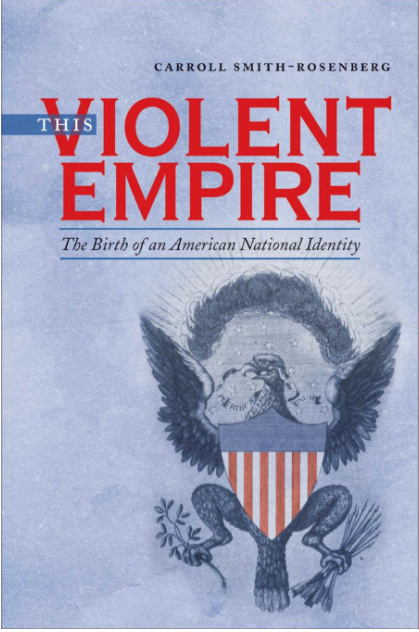
 In his recent book,
In his recent book, 